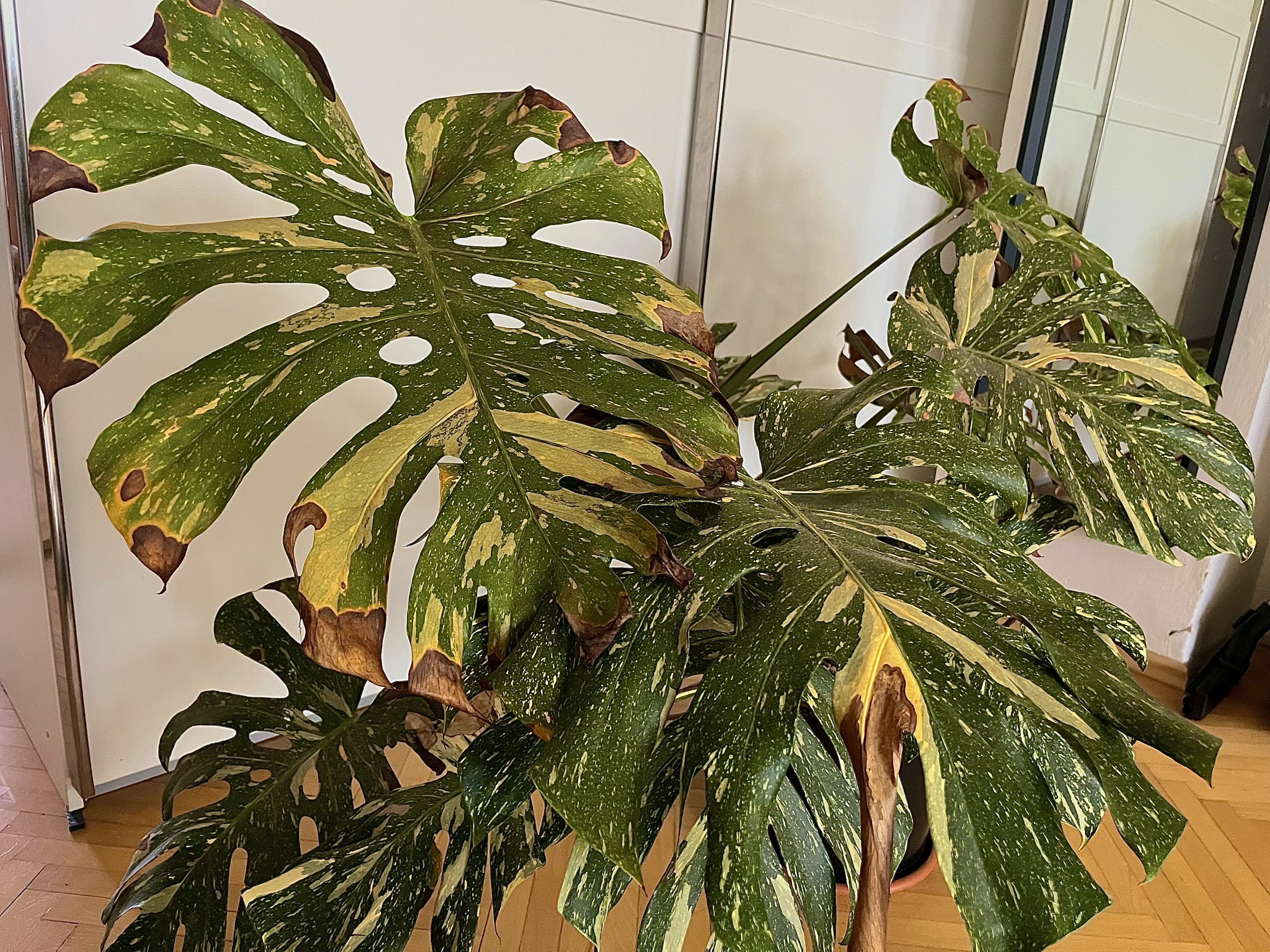Introduction
Snails are a great deal accepted for their typical coiled shells, which service as protective homes for these mollusks. However, a enchanting aggroup of snails exists without shells, much referred to as “naked snails” or “shell-less snails.” These creatures, belonging to various families inside the category Gastropoda, face alone biological adaptations and ecologic roles. This story delves into the characteristics, habitats, behaviors, and conservation condition of shell-to a lesser extent snails, oblation a comprehensive overview of these challenging organisms.
Sorting and Anatomy
Shell-to a lesser extent snails are primarily classified inside the classify Gastropoda, which is the largest course of mollusks. They tail end be launch in respective families, including the Stylommatophora, Eupulmonata, and Aplysiomorpha. These snails show a ramble of anatomic adaptations that specialise them from their shelled relatives.
- Trunk Structure: Shell-to a lesser extent snails suffer a soft, unprotected physical structure that is generally Sir Thomas More prolonged and powerful than that of shelled snails. Their bodies are dual-lane into distinguishable regions: the head, foot, and internal organ hatful. The pick is well-developed, allowing for in effect travel.
- Respiration: Unlike many shelled snails that have gills, many shell-to a lesser extent snails get altered to take a breath publicize done a lung-similar structure. This adjustment allows them to expand in sublunar environments where piddle is less accessible.
- Procreative Systems: Shell-less snails frequently march diverse reproductive strategies. Many are hermaphroditic, possessing both Male and female person procreative organs, which increases their chances of successful replication in environments where mates English hawthorn be just.
Home ground and Distribution
Shell-to a lesser extent snails dwell a variety of environments, including terrestrial, freshwater, and shipboard soldier ecosystems. Their distribution is influenced by factors such as wet availability, temperature, and flora.

- Telluric Habitats: Many shell-to a lesser extent snails are set up in moist, mundane environments ilk forests, grasslands, and gardens. They frequently choose areas with abundant foliage bedding or decaying living thing matter, which provides both food and tax shelter.
- Fresh water Environments: Just about species inhabit fresh water ecosystems, where they lavatory be launch in ponds, streams, and wetlands. These snails meet a determinative use in the binary compound intellectual nourishment web, service as both grazers and prey for respective predators.
- Leatherneck Environments: A littler list of shell-to a lesser extent snails are adapted to body of water habitats. These species a great deal engross seacoast zones or shoal waters, where they buttocks get food for thought and quash depredation.
Eating Habits
Shell-less snails are mainly herbivorous, eating on a change of engraft materials, algae, and decaying living thing issue. Their alimentation habits bum variegate importantly founded on their environment and useable food for thought sources.
- Graze and Detritivory: Many shell-to a lesser extent snails crop on alga or cushy constitute tissues. They possess a radula, a specialised feeding Hammond organ that functions the likes of a tongue, allowing them to kowtow food from surfaces.
- Function in the Ecosystem: By consuming decaying flora matter, shell-to a lesser extent snails kick in to nutritive cycling within their ecosystems. If you cherished this short article and you would like to obtain far more facts with regards to Monstera adansona rozmanażanie kindly check out our web site. Their feeding activities supporter cave in Down living thing materials, enriching the dirt and promoting works increase.
Doings and Adaptations
Shell-less snails display a cooking stove of behavioural adaptations that avail them subsist in their various environments.
- Locomotion: Without a blast for protection, these snails give developed strong, sinewy bodies that let for effective apparent movement. They gliding on a layer of mucus, which reduces friction and acquired immune deficiency syndrome in locomotion.
- Defence Mechanisms: Deficient a firmly shell, shell-less snails mustiness rely on other strategies for trade protection. Many species have the power to secrete mucus as a baulk to predators, piece others whitethorn demo cryptical color or mimicry to immix into their environment.
- Behavioural Adaptations: Shell-to a lesser extent snails often demo period of time behavior, comely combat-ready during the Night to fend off dehydration and predation. They whitethorn too engross in burrowing or concealing inside flick bedding during the daytime.
Preservation Status
The preservation position of shell-to a lesser extent snails varies wide among species. Patch around populations are stable, others confront meaning threats due to habitat loss, pollution, and mood commute.
- Threats to Habitat: Monstera adansona rozmanażanie Urbanization, agriculture, and disforestation birth LED to the destruction of instinctive habitats requisite for shell-to a lesser extent snails. The red of moisture-rich people environments potty badly touch their populations.
- Pollution: Urine defilement from farming runoff and commercial enterprise wasteland bum adversely bear on fresh water and body of water shell-to a lesser extent snails. Contaminants backside disrupt reproductive processes and take to universe declines.
- Climate Change: Changes in temperature and Monstera adansona rozmanażanie haste patterns rear end vary the availability of habitats for shell-to a lesser extent snails. Increased droughts May top to desiccation, patch uprising weewee temperatures arse touch on binary compound species.
- Preservation Efforts: Efforts to preserve shell-to a lesser extent snails ofttimes concentrate on home ground preservation, pollution reduction, and public cognisance. Preservation organizations exercise to protect critical habitats and boost sustainable demesne habituate practices.
Conclusion
Shell-less snails are a noteworthy mathematical group of mollusks that gainsay our traditional understanding of snails. Their singular adaptations, divers habitats, and ecological roles foreground the grandness of these creatures inside their ecosystems. As we grimace increasing biology challenges, apprehension and conserving shell-to a lesser extent snails becomes determinative to maintaining biodiversity and ecosystem health. Continued inquiry and preservation efforts are necessary to ascertain the natural selection of these riveting organisms for succeeding generations.

